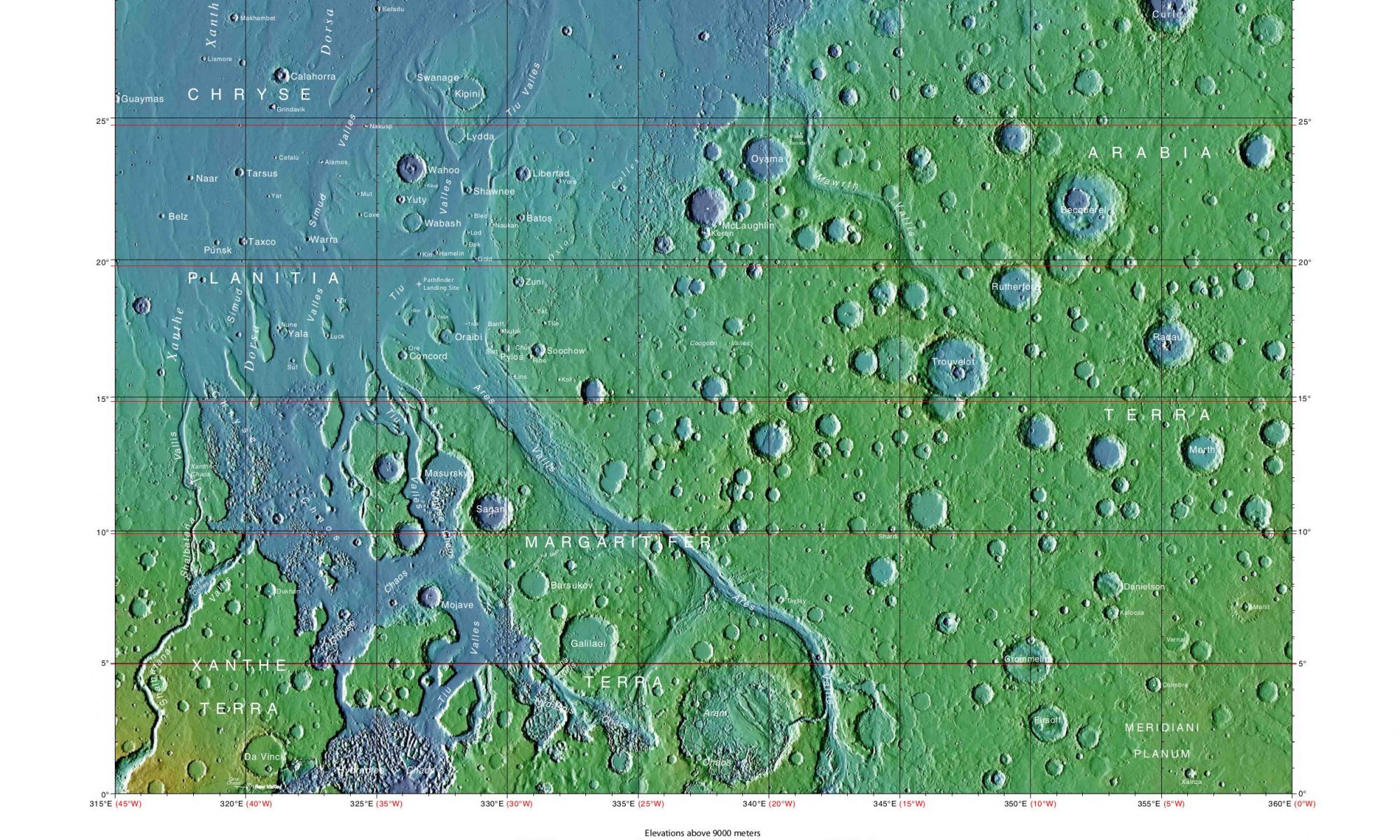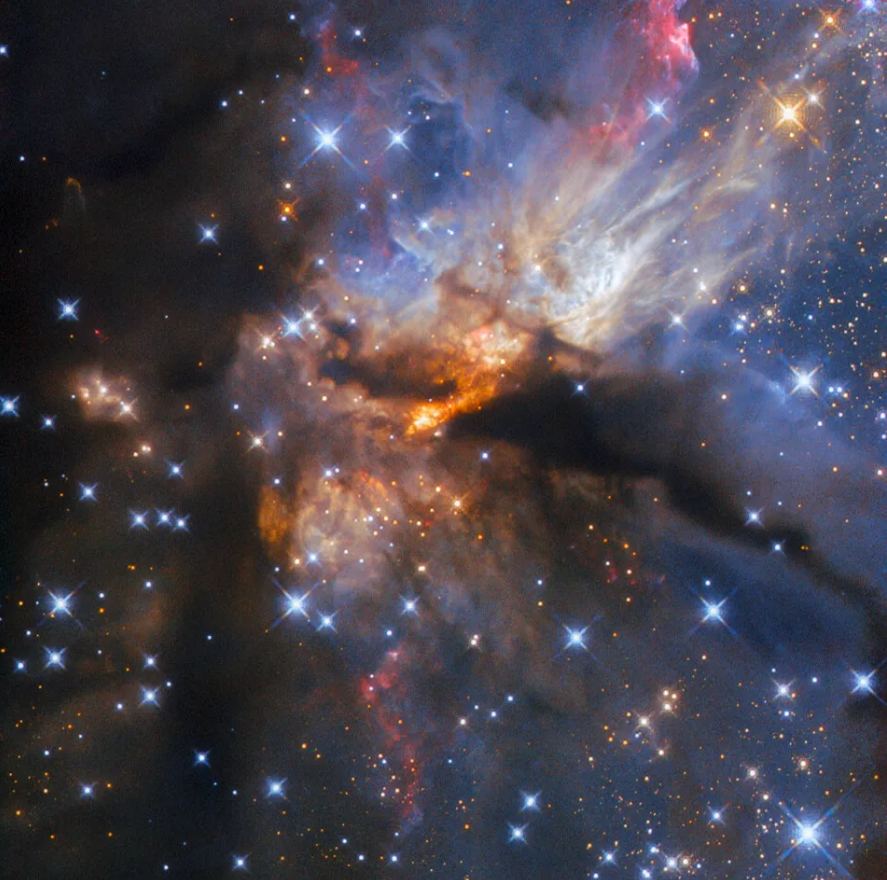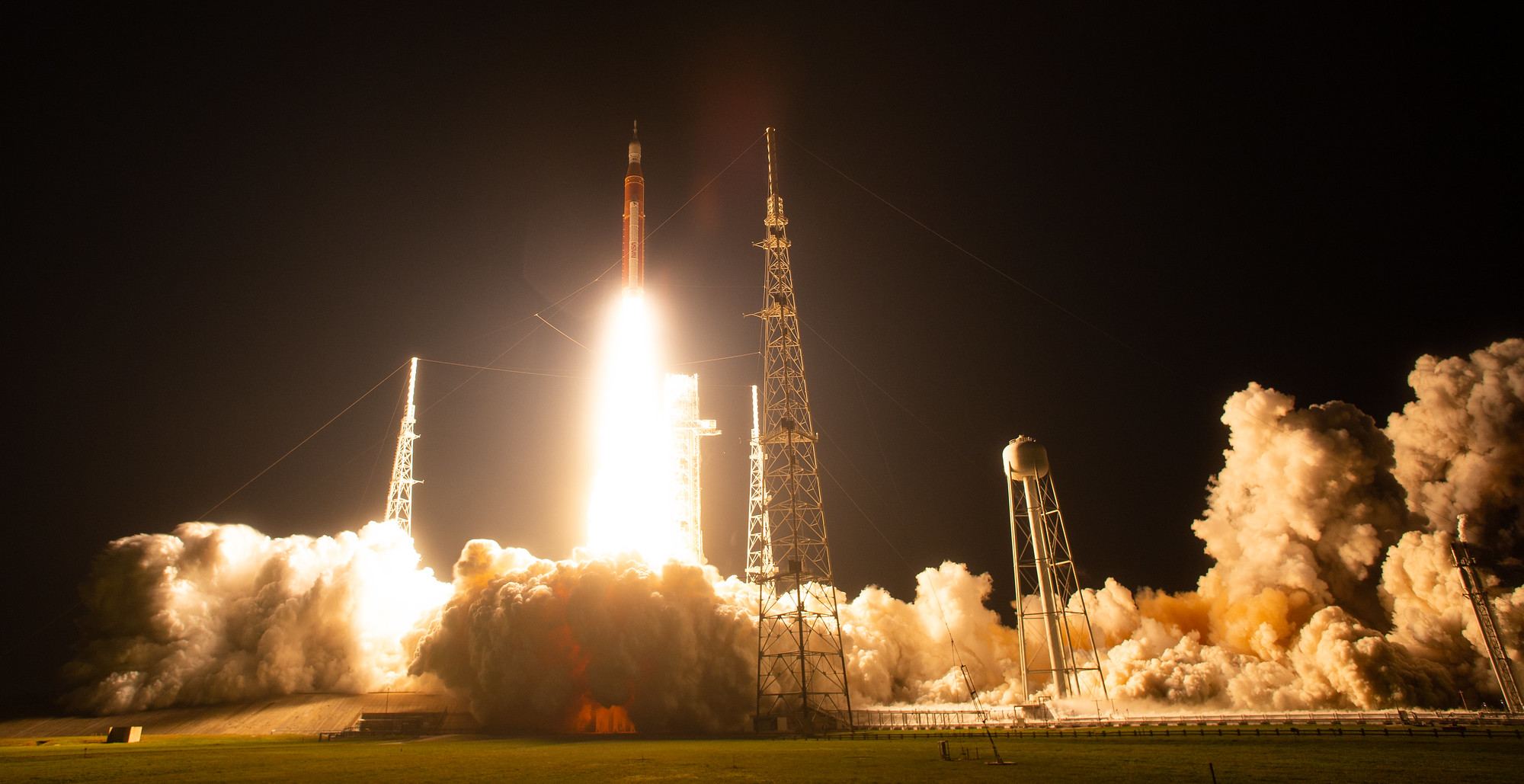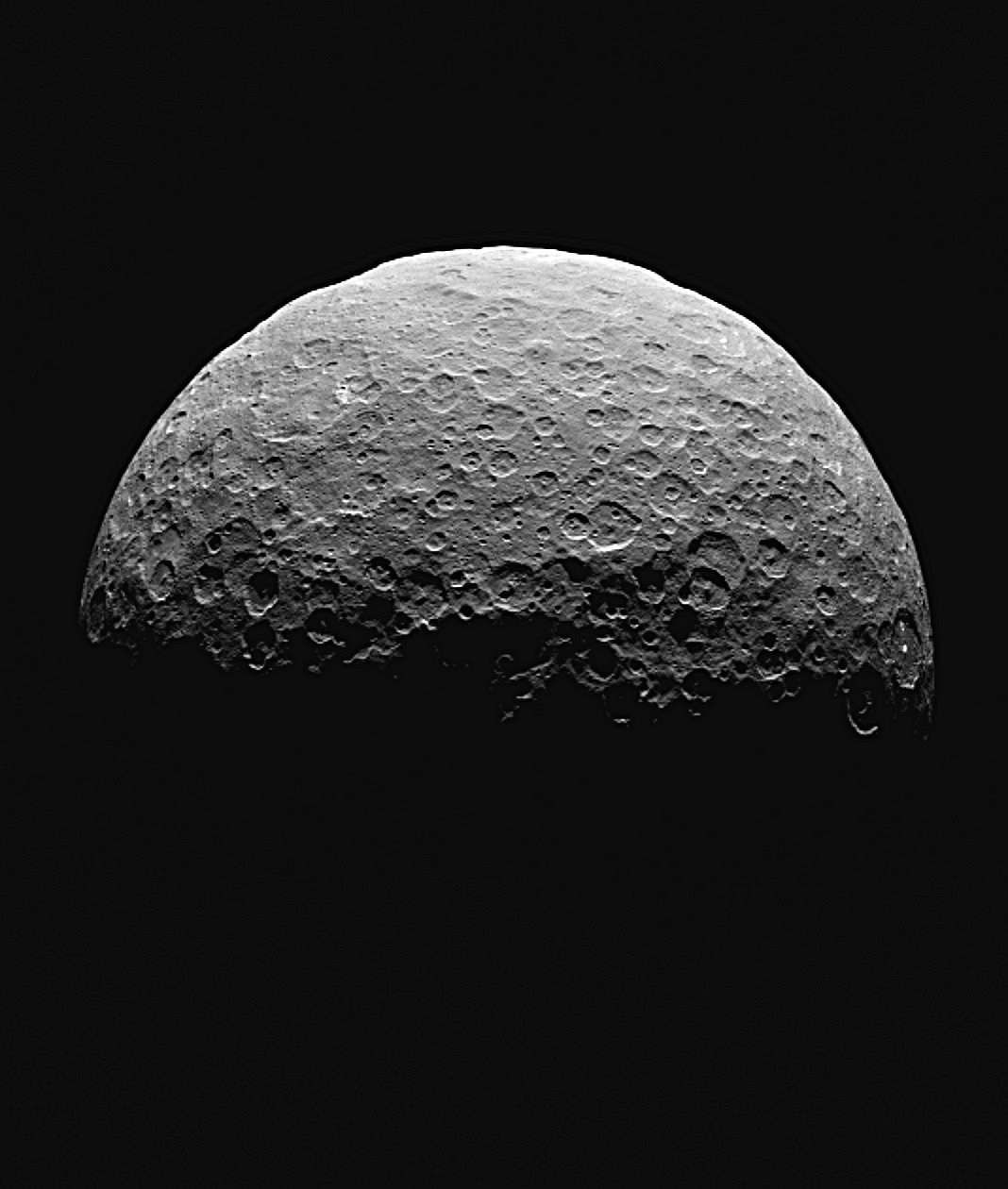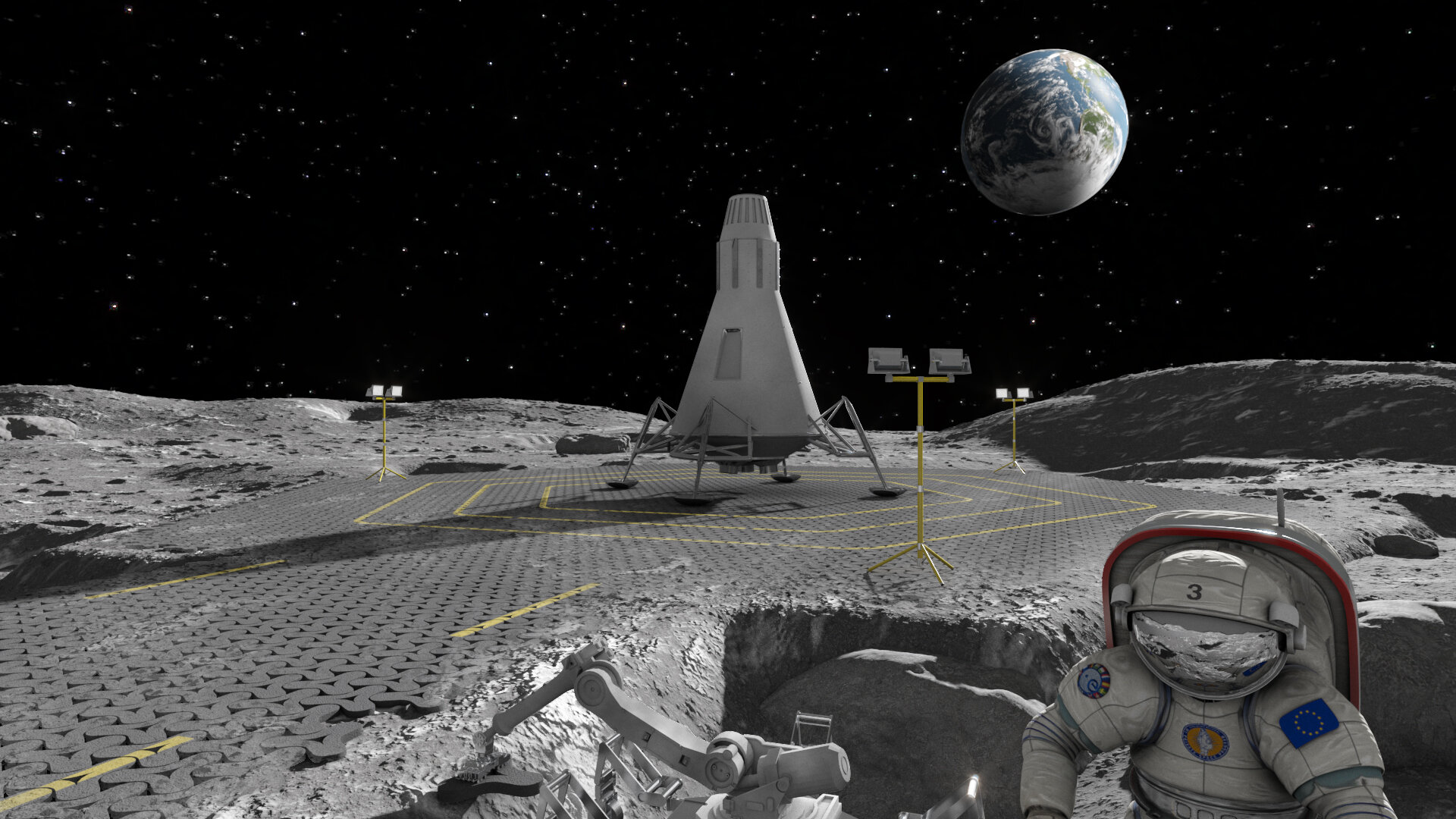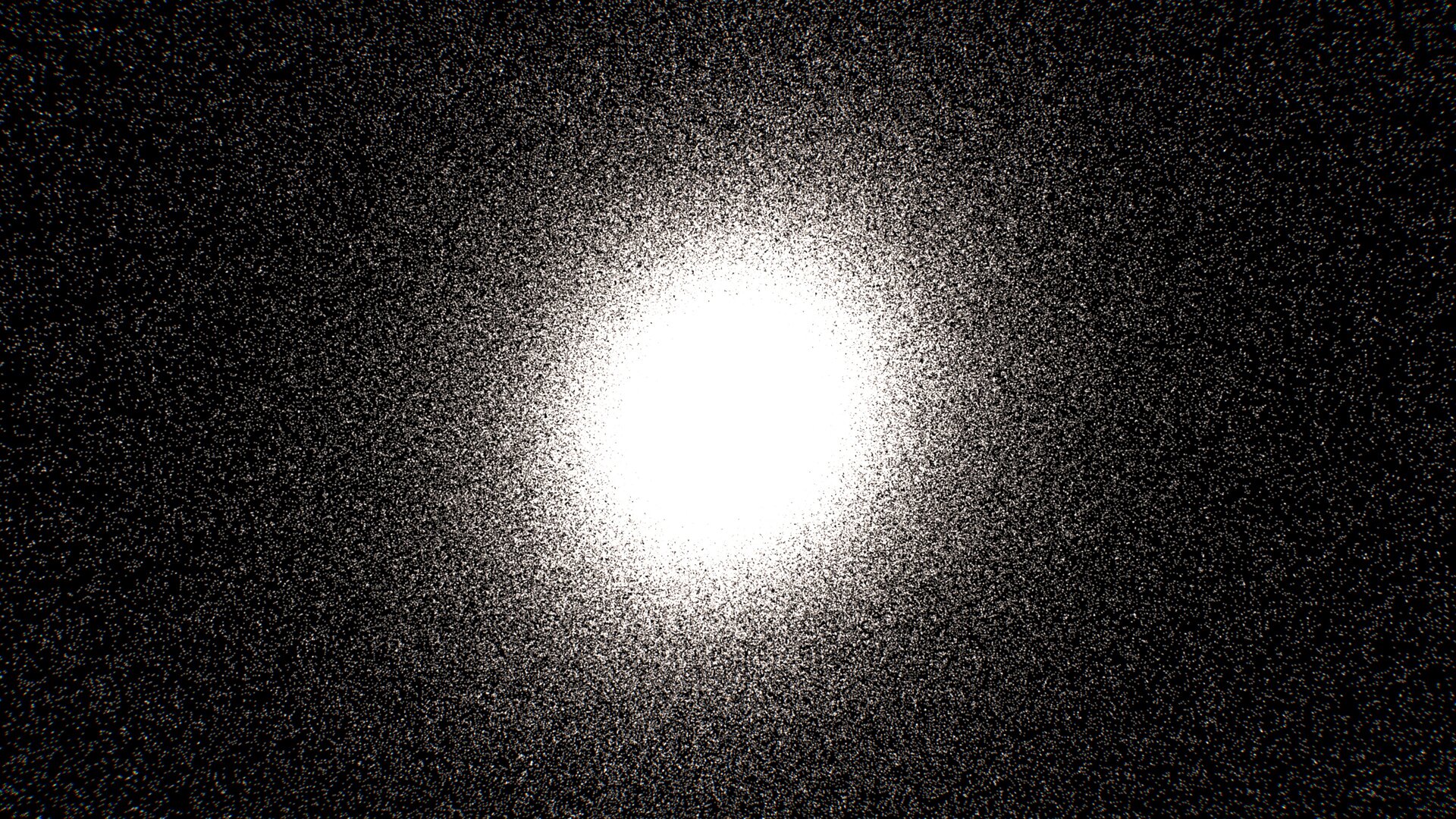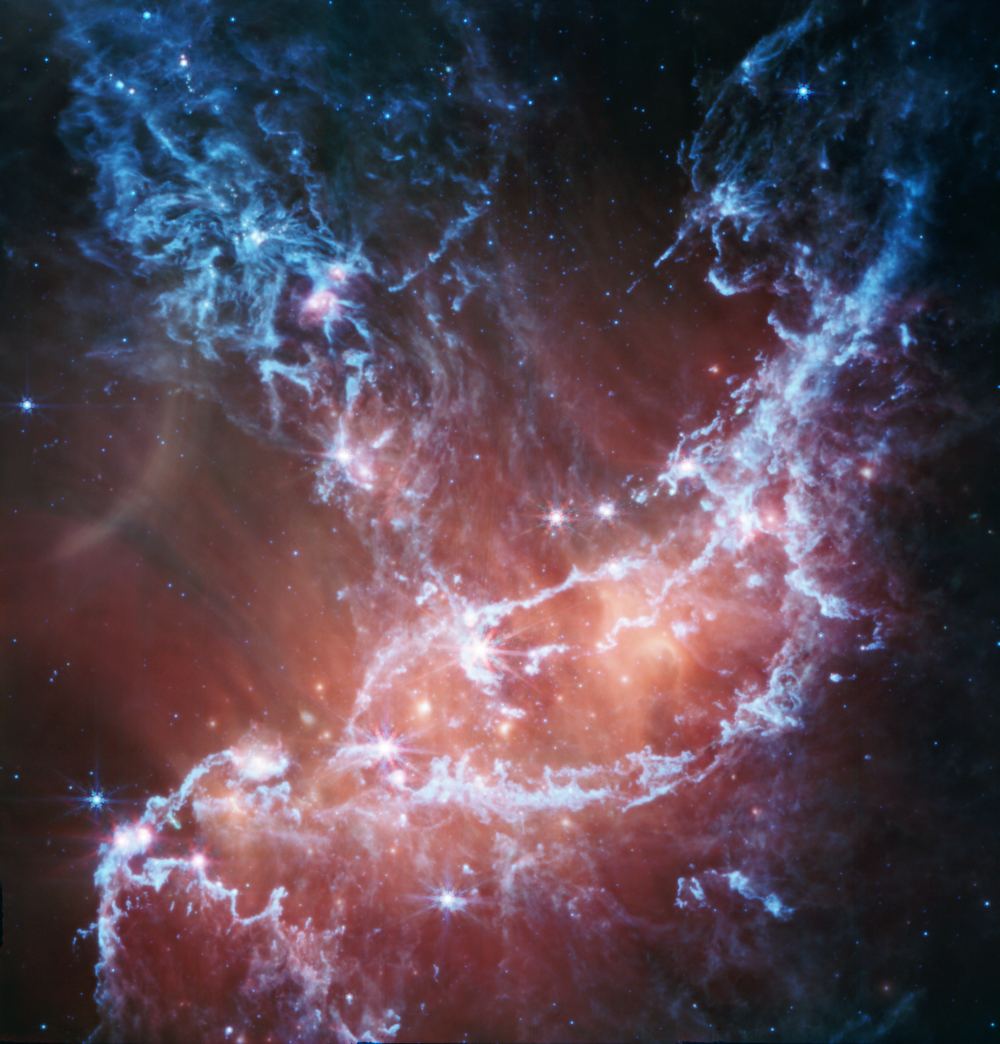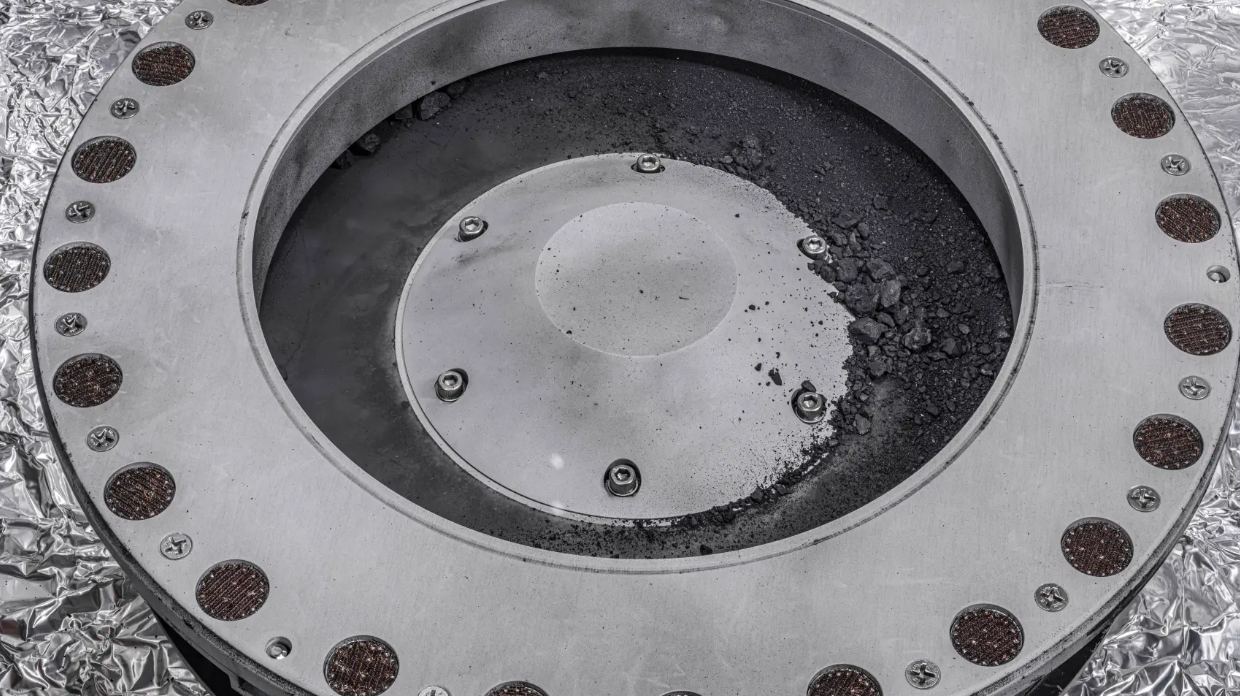When it comes to Mars and our ongoing efforts to understand that planet’s ancient habitability, evidence is so far elusive. But scientists have an idea where the evidence is likely hiding: in sediments.
New research shows that an ancient mud lake is a good place to explore.
Continue reading “If There Was Ever Life on Mars, this Ancient Mud Lake is the Perfect Place to Look”
